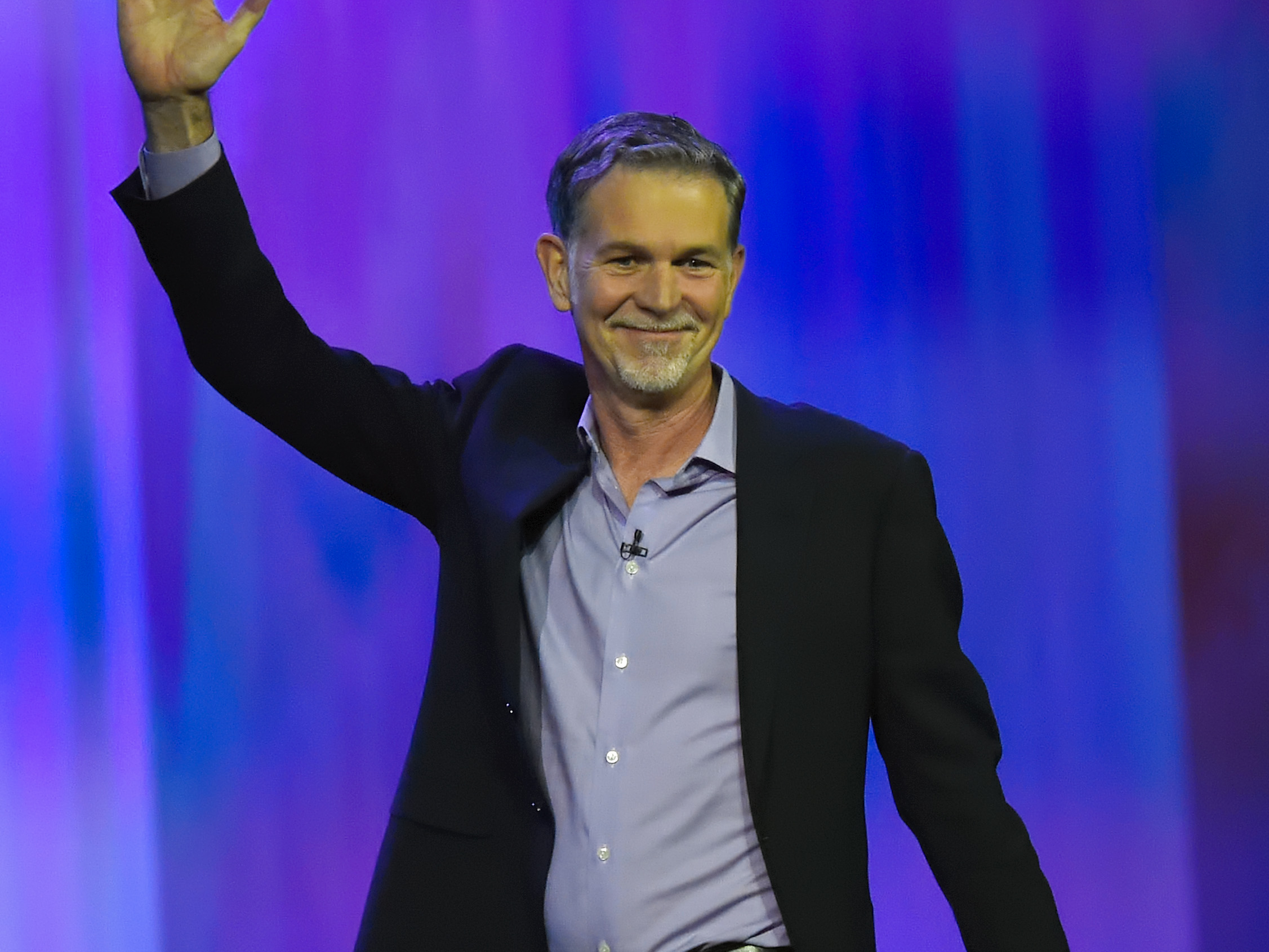Earlier this week, Netflix stock popped over 4% on rumors that Disney might be interested in buying it.
It’s not the first time Wall Street has buzzed about the idea of a Disney takeover of Netflix, nor is Disney the only company that has sparked Netflix acquisition rumors. One of the other companies that comes up again and again is Apple, as it’s one of the only ones that could both afford to buy Netflix, and seems to have (largely thwarted) ambitions in TV.
But does Apple buying Netflix make sense? In a note on Wednesday, analysts from Bernstein laid out the case both for and against such a purchase. They concluded that while buying Netflix would bolster Apple in certain ways, a partnership between the two companies was much more likely.
Apple’s problem
The most compelling reason the Bernstein analysts gave for an acquisition was that it could help Apple create its own bundle to combat Amazon Prime, and move Apple away from a transactional business model towards a subscription-based model. If Apple keeps selling you one iPhone at a time, Bernstein thinks Apple is in bad shape.
Here’s how the analysts broke down Apple’s future woes:
"Apple has a business model problem. The key challenge is that Apple's business principally involves selling hardware - most notably iPhones, iPads, and Macs. The iPhone alone amounts to ~70% of total company profits today. Over time, smartphone penetration will invariably reach saturation, Apple will no longer be able to gain share, and the iPhone business will essentially become a replacement market."
Beyond the iPhone market becoming a replacement market, which is bad in itself, the analysts think people's iPhone upgrade cycle will get longer, so that replacement market will get less valuable over time. The takeaway is that if Apple continues to play the same game, it will see its profits dwindle.
Apple Prime
Bernstein has a solution to Apple's big problem: subscriptions.
"We believe that Apple should look to sell its hardware offerings as a subscription service rather than as transactional product sales, by offering a compelling and attractively priced services bundle (think 'Apple Prime') along with any hardware that is purchased on a subscription plan," the analysts wrote.
So how does Netflix fit in? The analysts say that services and features would be a key to making the subscription model work, and Netflix could help ease Apple fans into the subscription lifestyle.
"Netflix's inclusion in Apple subscription bundles could be important, given that consumers are conditioned to purchase Netflix and other video content on a monthly subscription basis," the analysts wrote.
Better partners
But the main issue with a potential acquisition is that Apple could still include Netflix in its bundle without actually buying the company, but instead through a deep partnership.
"In fact a partnership with Netflix could be mutually beneficial," the analysts wrote. "Directionally, we believe that Apple and Netflix could look to sell Netflix for $8 or $8.50 per month (vs. $10 currently) to 'Apple Prime; users (i.e., those consumers who pay for their iPads or iPhones on a subscription basis). A reduced price on Netflix would be part of a broader offering of services to attempt to entice Apple users to migrate to subscription plans. Alternatively, Apple could pay Netflix to provide unique programming and content only to its 'Apple Prime' users."
Apple and Netflix could split the cost of the price reduction, Bernstein argues, especially if Netflix could use it to snag new customers.
Bottom line: "While the Netflix deal could potentially cost Apple $10+ per user per year, we believe this would be an attractive trade-off to lock in a user to a more predictable annuity revenue stream, and could not only attract new customers, but also could potentially lower churn for Netflix."
Putting together a "lifestyle bundle" would help Apple take on Amazon, which has seen tremendous growth in its Prime program. One potential edge for Apple is that it can make iOS and the iPhone the center of its subscription offering, and use that to drive interest in services and other products like iPads or Apple TVs.

